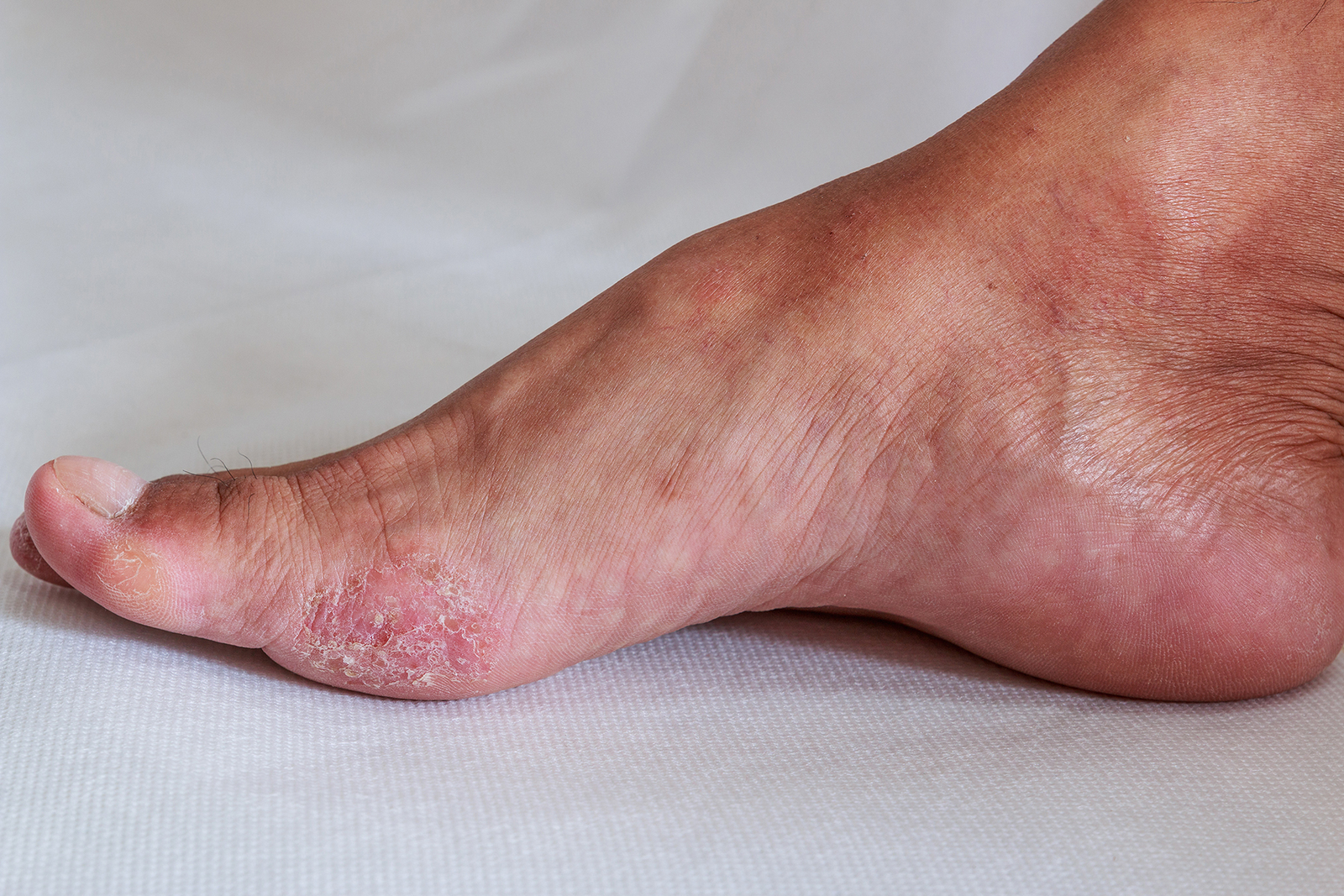
Athlete’s foot is that pesky infection that has a way of catching anyone, not just athletes alone. If you’ve ever experienced itchy, burning skin on your toes, you’ll know how much misery it causes. The best part is, it’s completely curable. Let’s look at what causes athlete’s foot, how to identify it, and the best ways to cure and prevent it from coming back.

Over-the-counter antifungal products
One of the simplest and most consistent treatments for athlete’s foot is antifungal sprays, creams, or powders you can pick up at the drugstore. Products that have clotrimazole, miconazole, or tolnaftate are good options. These are solidly researched ingredients. The secret to success is persistence, don’t discontinue the product when your symptoms disappear. Persevere for a few weeks to ensure all the fungus is cleared.

Vinegar Soaks
Though not a definitive cure, it can provide some relief to soak your feet in a combination of apple cider vinegar and water. The acidity establishes an environment that makes it difficult for the fungus to survive. One of the most common methods is soaking feet in a two-to-onesolution of water to vinegar. It’s not so much a fix onits own but more of a supportive measure, yet it certainly can help with symptoms.

Tea Tree Oil
Tea tree oil has been used for years to treat skin infections due to its antimicrobial and antifungal effects. The results of research are contradictory, however, some individuals improve, but some don’t. It may not be as effective by itself, but when used with other medications, such as an antifungal cream, it may become more useful.

Vick’s VapoRub
Yes, the things you apply to colds can also help your feet. Vicks has menthol and eucalyptus oil, both of which are antifungal. Though it’s primarily researched for toenail fungus, not specifically for athlete’s foot, there are many people who claim to see improvement when they apply it regularly to the infected area.

Listerine Foot Soaks
Listerine is not merely for clean breath. It has thymol, which is both antifungal and anti-inflammatory. Although science hasn’t entirely supported it as a treatment for athlete’s foot, many individuals attest to the use of Listerine foot soaks as a way to alleviate symptoms of itching and irritation.

Baking Soda
A few tablespoons of baking soda in warm water for a foot soak can be beneficial for controlling fungus. Although there isn’t any direct evidence to say it cures athlete’s foot, it will absorb moisture and maybe cut back on the type of dampness that fungi thrive in.

Rubbing Alcohol
Isopropyl alcohol is a common household item and can disinfect the skin. It’s used by some to clean the infected area to prevent it from getting wet or dirty. Not much research exists supporting its use as an independent cure, and it stings, particularly if you have broken or cracked skin, so use it carefully.

Coconut Oil
Utilized by traditional medicine for centuries, coconut oil possesses inherent antifungal and antibacterial properties. It may even, according to some more recent studies, fight off the fungi responsible for athlete’s foot. Although further research is required, as a moisturizer, it may be a useful, soothing addition to your treatment plan.

Neem Oil
Neem oil and neem leaf extract have been shown to fight off certain types of skin fungi. Neem leaf extract may be even more effective than the oil itself. It’s another natural remedy worth considering if you’re looking for plant-based options.

Talcum Powder
Talcum powder won’t kill the fungus, but it’s great for prevention. It’s good at absorbing moisture and will dry your feet out, which is important for preventing athlete’s foot from occurring in the first place. Use it between your toes or in your shoes to cut down on friction and keep the area dry.

Tips for Prevention and Foot Hygiene
Prevention is simply making sure to keep your feet clean and dry. Wash your feet each day and dry them thoroughly, particularly between the toes. Change socks often, particularly after sweating, and rotate your shoes to allow them to air out. Trim and clean your toenails, and avoid sharing towels, socks, or shoes. When using public showers, locker facilities, or pool facilities, always use flip-flops or shower shoes.

When to See a Doctor
If your athlete’s foot isn’t getting better after attempting home remedies, or if you are experiencing other medical conditions such as diabetes or a weakened immune system, it is advisable to consult a doctor. You may require a prescription antifungal or additional diagnostic tests in order to eliminate other conditions of the skin.

Athlete’s foot may be annoying, but with proper treatment and a bit of daily maintenance, you can conquer it, and prevent it from returning.
